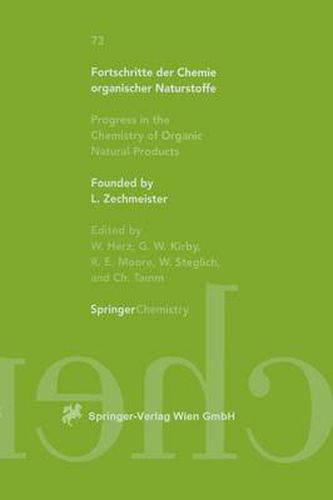Readings Newsletter
Become a Readings Member to make your shopping experience even easier.
Sign in or sign up for free!
You’re not far away from qualifying for FREE standard shipping within Australia
You’ve qualified for FREE standard shipping within Australia
The cart is loading…






This title is printed to order. This book may have been self-published. If so, we cannot guarantee the quality of the content. In the main most books will have gone through the editing process however some may not. We therefore suggest that you be aware of this before ordering this book. If in doubt check either the author or publisher’s details as we are unable to accept any returns unless they are faulty. Please contact us if you have any questions.
The Leguminosae is an economically important family in the Dicotyledonae with many cultivated species, e. g. , beans and peas. The family also contains many well-known medicinal plants. It is composed of 17,000 or more species that constitute nearly one twelfth of the world’s flowering plants (1). Traditionally the family has been divided into three subfamilies, Caesalpinioideae, Mimosoideae and Papilionoi- deae, which are sometimes recognized as separate families Caesalpinia- ceae, Mimosaceae and Papilionaceae. The International Code of Botanical Nomenclature permits alternative nomenclatures, the family names being replaced by Fabaceae, Fabales and Faboideae, and this usage will be common (2). Licorice (liquorice, kanzoh in Japanese, gancao in Chinese) is the name applied to the roots and stolons of some Glycyrrhiza species (Fabaceae) and has been used by human beings for at least 4000 years. The earliest written reference to the use of licorice is contained in the Codex Hammurabi dating from 2100 B. C. , and the subsequent history in the West has been described in the earlier reviews (3-6). In the Far East, references to the effectiveness of licorice are contained in the Shen Nong Ben Cao Jing , the first Chinese dispensatory whose original anonymous volumes probably appeared by the end of the third century (7, 8).
$9.00 standard shipping within Australia
FREE standard shipping within Australia for orders over $100.00
Express & International shipping calculated at checkout
This title is printed to order. This book may have been self-published. If so, we cannot guarantee the quality of the content. In the main most books will have gone through the editing process however some may not. We therefore suggest that you be aware of this before ordering this book. If in doubt check either the author or publisher’s details as we are unable to accept any returns unless they are faulty. Please contact us if you have any questions.
The Leguminosae is an economically important family in the Dicotyledonae with many cultivated species, e. g. , beans and peas. The family also contains many well-known medicinal plants. It is composed of 17,000 or more species that constitute nearly one twelfth of the world’s flowering plants (1). Traditionally the family has been divided into three subfamilies, Caesalpinioideae, Mimosoideae and Papilionoi- deae, which are sometimes recognized as separate families Caesalpinia- ceae, Mimosaceae and Papilionaceae. The International Code of Botanical Nomenclature permits alternative nomenclatures, the family names being replaced by Fabaceae, Fabales and Faboideae, and this usage will be common (2). Licorice (liquorice, kanzoh in Japanese, gancao in Chinese) is the name applied to the roots and stolons of some Glycyrrhiza species (Fabaceae) and has been used by human beings for at least 4000 years. The earliest written reference to the use of licorice is contained in the Codex Hammurabi dating from 2100 B. C. , and the subsequent history in the West has been described in the earlier reviews (3-6). In the Far East, references to the effectiveness of licorice are contained in the Shen Nong Ben Cao Jing , the first Chinese dispensatory whose original anonymous volumes probably appeared by the end of the third century (7, 8).